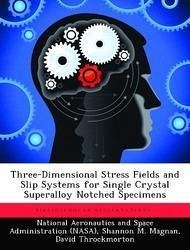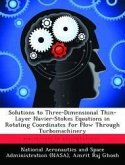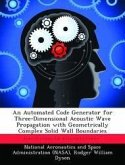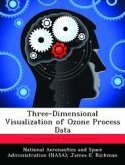Single crystal superalloys have become increasingly popular for turbine blade and vane applications due to their high strength, and creep and fatigue resistance at elevated temperatures. The crystallographic orientation of a single crystal material greatly affects its material properties, including elastic modulus, shear modulus, and ductility. These directional properties, along with the type of loading and temperature, dictate an anisotropic response in the yield strength, creep resistance, creep rupture ductility, fatigue resistance, etc. A significant amount of research has been conducted to determine the material properties in the <001> orientation, yet the material properties deviating from the <001> orientation have not been assessed for all cases. Based on the desired application and design criteria, a crystal orientation is selected to yield the maximum properties. Currently, single crystal manufacturing is able to control the primary crystallographic orientation within 15 of the target orientation, which is an acceptable deviation to meet both performance and cost guidelines; the secondary orientation is rarely specified. A common experiment is the standard load-controlled tensile test, in which specimens with different orientations can be loaded to observe the material response. The deformation behavior of single-crystal materials under tension and compression is known to be a function of not only material orientation, but also of varying microdeformation (i.e. dislocation) mechanisms. The underlying dislocation motion causes deformation via slip, and affects the activation of specific slip systems based on load and orientation. The slip can be analyzed by observing the visible traces left on the surface of the specimen from the slip activity within the single crystal material.
Hinweis: Dieser Artikel kann nur an eine deutsche Lieferadresse ausgeliefert werden.
Hinweis: Dieser Artikel kann nur an eine deutsche Lieferadresse ausgeliefert werden.








